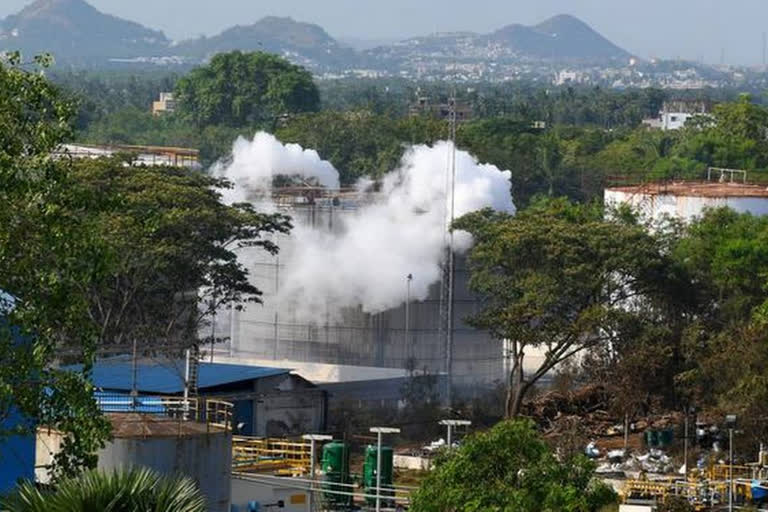Amaravati:Poor safety protocols and total breakdown of the emergency response of procedures were the root causes of the May 7 styrene vapour leak in the LG Polymers unit at Visakhapatnam, in which 12 people were killed and hundreds fell sick, the High Powered Committee constituted by the Andhra Pradesh government said here on Monday.
Citing multiple inadequacies on the part of LG, the HPC faulted the "slackness of management" for poor safety protocol, poor safety awareness and inadequate risk assessment response that aggravated the situation, a senior government official told.
The HPC, headed by Environment and Forests Special Chief Secretary Neerabh Kumar Prasad, submitted a 4000-page report to Chief Minister YS Jagan Mohan Reddy here on Monday. "The accident occurred due to uncontrolled release of styrene vapour from the M6 tank at the LG plant, which qualifies as a major accident under the Manufacture, Storage and Import of Hazardous Chemicals Rules, 1989.
Poor design of the tank, inadequate refrigeration and faulty cooling system, absence of circulation and mixing system, poor process safety management system and total breakdown of the emergency response of the procedures were the root causes of the accident," the HPC said in its report.
